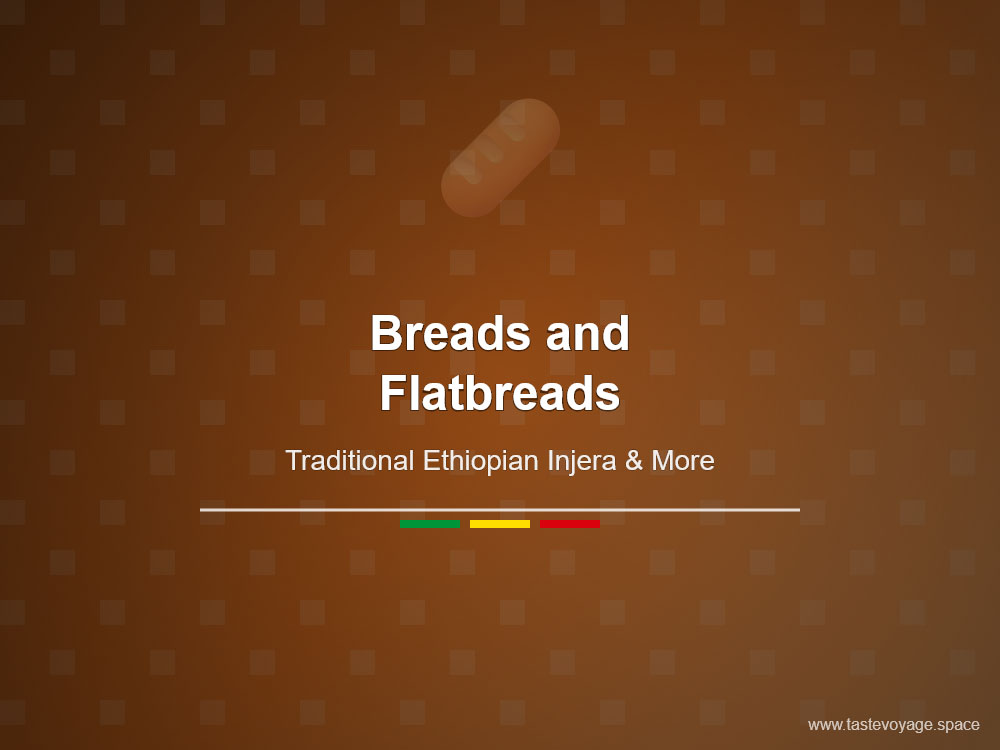How to Make Traditional Ethiopian Ambasha Bread at Home
Travel the World Through Food >> Breads and Flatbreads>>Ethiopian Cuisine>> How to Make Traditional Ethiopian Ambasha Bread at Home
How to Make Traditional Ethiopian Ambasha Bread at Home
Discovering the Cultural Significance of Ethiopian Ambasha Bread
Ethiopian Ambasha bread is more than just a staple food; it is a symbol of tradition, community, and celebration. Known for its unique aroma, rich flavor, and intricate patterns, Ambasha holds a special place in Ethiopian culinary and cultural practices. It is often present at festive gatherings, religious ceremonies, and special occasions, making it a bread that embodies unity and shared heritage.
A Tradition Rooted in History and Ceremony
Ambasha, also called “Hamas” in some regions, dates back centuries and has long served as a centerpiece of Ethiopian hospitality. Its preparation and presentation are deeply embedded in cultural rituals, often marking life milestones such as holidays, baptismal rites, and weddings. The bread’s distinctive markings and decorations are not just artistic expressions; they are imbued with symbolism, reflecting Ethiopian artistry and spiritual beliefs. These patterns are often carefully crafted by hand, showcasing the skill passed down through generations.
Culinary Significance and Unique Characteristics
What makes Ambasha truly special is its unique blend of flavors and textures. Made from simple ingredients—flour, sugar, honey, and spices—its taste is subtly sweet with hints of aromatic spices that evoke a sense of warmth and comfort. The bread’s soft, chewy interior contrasts beautifully with its slightly crisp crust, offering a delightful sensory experience. The aromatic qualities of Ambasha make it a fragrant addition to any meal or celebration, often enjoyed fresh or as part of festive spreads.
Ambasha as a Symbol of Ethiopian Hospitality
In Ethiopian culture, offering Ambasha to guests signifies respect and generosity. Its presence at gatherings fosters a sense of community and shared joy. The act of breaking bread together with Ambasha reinforces bonds and celebrates the enduring spirit of Ethiopian hospitality. Its beauty and flavor create a memorable experience, making it more than a food—it is a cultural artifact that brings people closer.
Preserving a Rich Culinary Heritage
Today, Ambasha continues to be cherished across Ethiopia, passed down through families and communities. It is a testament to the rich culinary heritage that has endured over centuries. Whether served during religious festivals, family celebrations, or daily meals, Ambasha remains a symbol of Ethiopian identity and tradition.
Conclusion
Ethiopian Ambasha bread embodies much more than its ingredients. It represents history, artistry, and community spirit. Its cultural and culinary significance make it a treasured part of Ethiopia’s vibrant food culture. When you experience Ambasha, you embrace a tradition that has connected generations and continues to enrich Ethiopian life. Indulge in this beautiful bread, and you will taste a piece of Ethiopia’s heart and soul.
